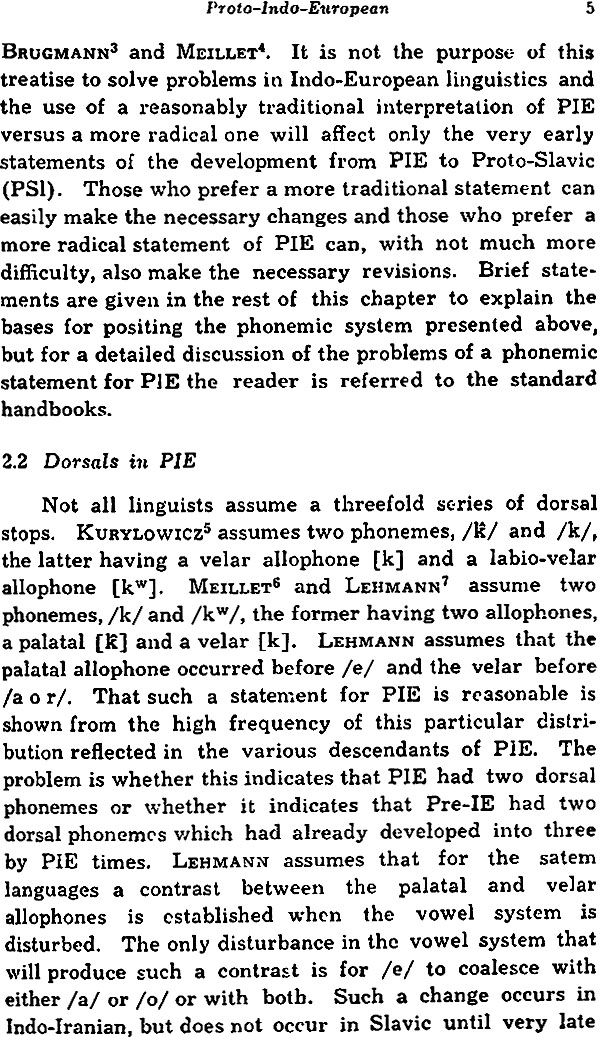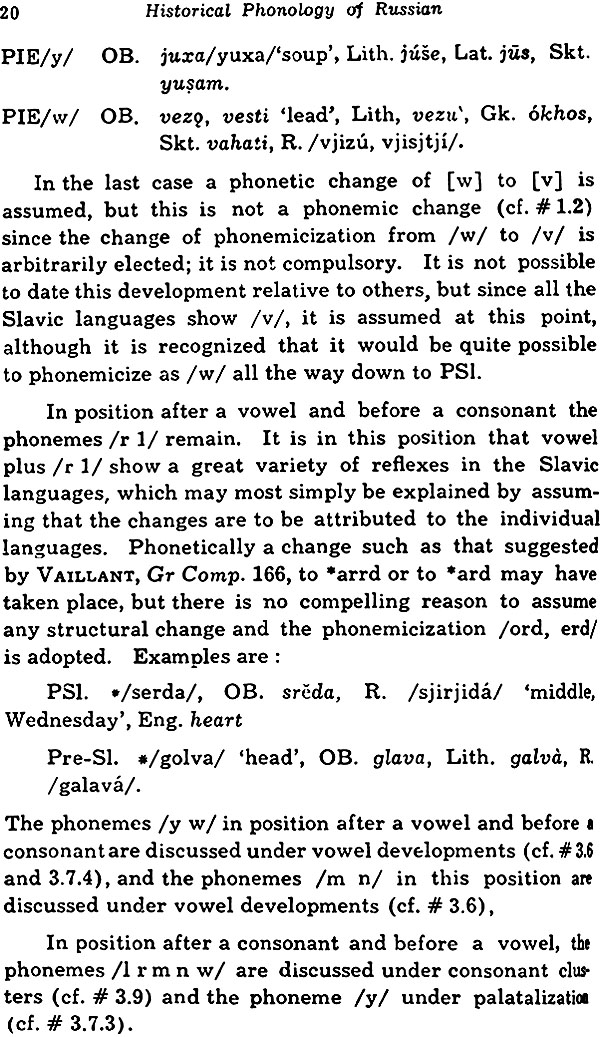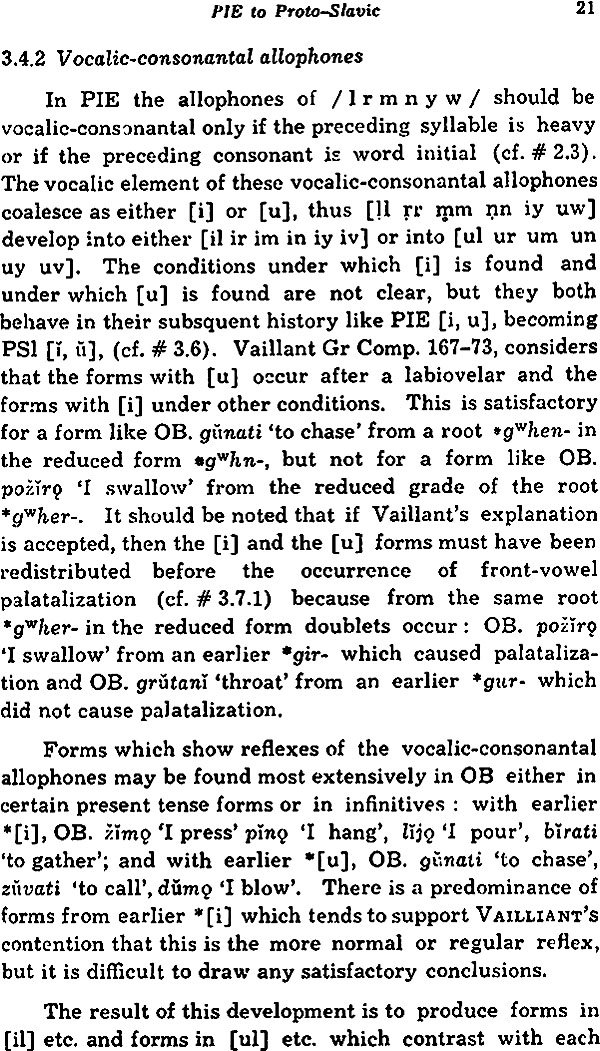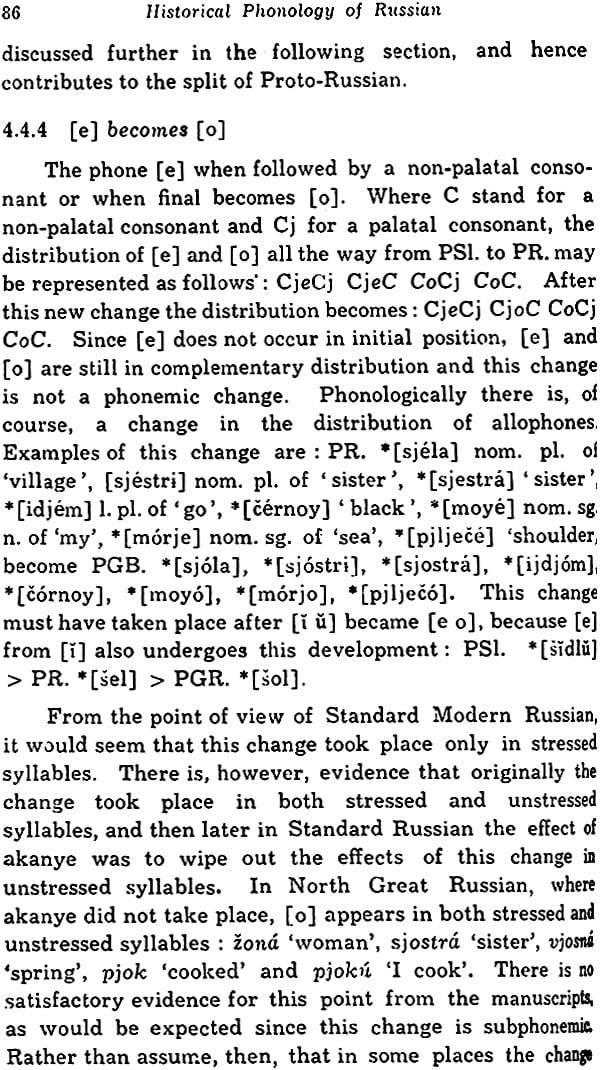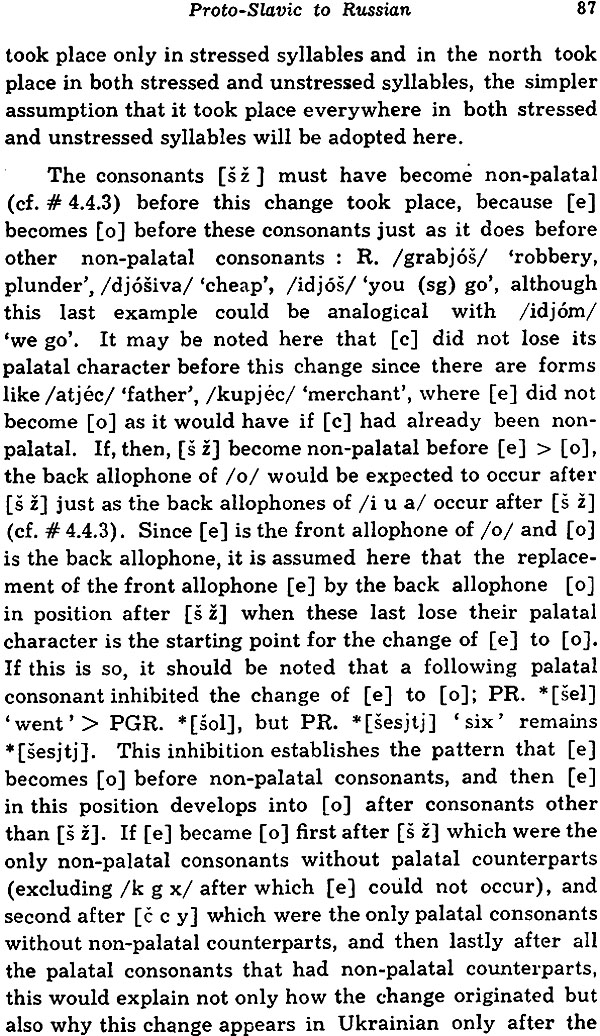
Historical Phonology of Russian (An Old and Rare Book)
Book Specification
| Item Code: | NAM135 |
| Author: | Gordon H. Fairbanks |
| Publisher: | Deccan College Postgraduate and Research Institute |
| Language: | English |
| Edition: | 1965 |
| Pages: | 123 |
| Cover: | Paperback |
| Other Details | 8.5 inch x 5.5 inch |
| Weight | 140 gm |
Book Description
On the 15th of October 1964 the Deccan College celebrates the centenary of the main Building, and curiously enough this period coincides with the Silver Jubilee of the Postgraduate and Research Institute which, as successor to the Deccan College, started functioning from 17th August 1939 when members of the teaching faculty reported on duty. When I suggested to members of our faculty the novel idea that the centenary should celebrated by the publication of a hundred monographs representing the research carried on under the auspicees of the Deccan College in its several departments they readily accepted the suggestion. These contributions are from present and past faculty members and research scholars of the Deccan College, giving a cross-section of the manifold research that it has sponsored during the past twentyfive years. From small beginning in 1939 the Deccan College has now grown into a well developed and developing Research Institute and become a national centre in so far as Linguistics, Archaeology and Ancient Indian History, and Anthropology and Sociology are concerned. Its international status is attested by the location of the Indian Institute of German Studies (jointly sponsored by Deccan College and the Goethe Institute of Munich), the American Institute of Indian Studies and a branch of the Ecole Francaise d’Extreme-Orient in the campus of the Deccan College. The century of monographs not only symbolises the centenary of the original building and the silver jubilee of the Research Institute, but also the new spirit of critical enquiry and the promise of more to come.
In a sense this has been thrust upon me from having occasion to teach a course on the History of the Russian Language. I have taken data from the standard handbooks and have reorganized it in terms of phonemic analysis to make it more comprehensible to students who have been trained in descriptive linguistics. I hope that in the course of this reorganization certain facets of the history of Russian phonology have been made clearer, that some new light, however small, has been introduced to the subject. The history of a language goes back indefinitely in the past. In choosing a starting point I have arbitrarily selected Proto-Indo-European because that makes for an easy transition from Indo-European studies to Russian and vice-versa. It is thus hoped that the book may be useful to the Indo-Europeanist as well as to the Russian specialist.
I owe much to my colleagues at Cornell, Frederick B. Agard, Charles F. Hockett and Richard L. Leed, with whom I have discussed many of the problems which arose during the working out of the text. I owe even more to my students whose stimulus initiated the study in the first place and who have been a constant stimulus toward a more finished product. If such a finished product has not been achieved, the fault is mine. I am grateful to the American Council of Learned Societies for financial assistance in 1953-4 during which of the initial studies for this text were made.
1.1 Purose
The following paper is an attempt to show how the phonological system of Russian has developed from Indo-European. Developments are treated in a chronological order insofar as possible and the effects of the individual changes on the phonological system are stated stage by stage. The purpose is to state how the whole phonological system changes by stages rather than to present a long series of disconnected changes without regard for either the chronology or the system. From Proto-Slavic onwards an attempt is made to determine those changes that caused a language to split into separate branches. Thus Proto- Slavic is viewed as splitting into West Slavic South-East Slavic. The latter splits into South Slavic and East Slavic and then further splits are stated down to modern Russian. A similar attempt is not made to determine the language splits between Indo-European and Proto-Slavic since this is considered more properly a problem of Indo-European linguistics than of Russian linguistics.
1.2 Language Split
A basic principle underlying this paper is the determination of the point at which a language is considered to have split into two languages. It is assumed that once it can be determined that a phonemic change has taken place in one part of the area n which a language is spoken and not in another part, then the language will be considered to have split into two languages. If a phonetic change takes place that is sub-phonemic this is considered insuffient evidence for a language split. One reason for considering it insufficient is that a phonetic change that is sub-phonemic can very often not be determined at all or can be determined only after another change causes the first one to become phonemic. Another reason is that even when it can be determined that a sub-phonemic change has taken palace it can usually not be dated relative to other changes except within an extremely wide range of time.
In contrast to a sub-phonemic change, a phonemic change is normally determinable and is likely to be datable relative to other changes within very much narrower limits of time. Furthermore a phonemic change is considered sufficient evidence of language split because once a phonemic change has taken place in one part of a language area and not in another part, it is almost impossible for the two language to undergo any further change that will make them identical. The few cases where it is possible are not relevant to a statement of the past history of a language although they might be relevant to the prediction of the future development of a language. One case is where a phonemic change takes place in area A but not in the rest of that language area, area B, and then subsequently spreads to area B. This is not relevant since it would only be determinable that a single change had taken place affecting the whole area. Another case is the situation where subsequent to a change in area A a change involving the merger of all the pertinent phonemes takes place in the whole area. Here too it would only be possible to determine that a single change had taken place over the whole area. Another case would be where subsequent to one or more changes in area A, the speakers of area B considered the A language to have a sufficient prestige that they borrowed it completely. This would not invalidate the hypothesis, but would mean that the original language was split into two languages, A and B, then subsequently language B was replaced by language A. It is assumed here then, that a phonemic change taking place in part of a language area and not in the rest of the area is a necessary and sufficient cause to assume that the language has split into two languages. Clearly the degree of separation between two languages after being separated by a single phonemic change is not great. They would still be mutually intelligible and would be classifiable as two dialects of the same language. The split is nevertheless definitive and the resultant languages will be considered two languages for historical purposes. It is this criterion for language split that is used in determining the splits between Proto-Slavic and Modern Russian.
The terms Proto and Pre are used in a very specific sense. The term Proto is applied only to that stage of a language immediately before a phonemic change takes language immediately before a phonemic change takes place affecting part of the language area and causes the language to split into two languages. The term Pre is applied to any stage of a language preceding the Proto applied stage This is illustrated by the following diagram.
| 1 | Introduction | 1-3 |
| 1.1 | Purpose | 1 |
| 1.2 | Language Split | 1 |
| 2 | Proto-Indo-European | 4-13 |
| 2.1 | Phonemes of PIE | 4 |
| 2.2 | Dorsals in PIE | 5 |
| 2.3 | Vocieless aspirates | 7 |
| 2.4 | Semivowels | 8 |
| 2.5 | Long semivowels | 9 |
| 2.6 | Long vowels | 10 |
| 2.7 | The short vowel /b/ | 10 |
| 2.8 | Laryngeals | 10 |
| 2.9 | PIE accent | 11 |
| 3 | PIE to Proto-Slavic | 14-59 |
| 3.1 | Loss of laryngeal | 14 |
| Laryngeal after voiceless stop | 14 | |
| Laryngeal after semivowel | 15 | |
| Laryngeal after /b/ | 15 | |
| 3.2 | Loss of labialization | 16 |
| 3.3 | Loss of aspiration | 19 |
| 3.4 | Semivowel phonemes | 19 |
| Consonantal allophones | 19 | |
| Vocalic-consonantal allophnes | 21 | |
| 3.5 | Palatals | 22 |
| 3.6 | Vowel development | 24 |
| 3.7 | Palatalizations | 32 |
| Front-vowel palatalization | 32 | |
| Effect of /y/ on following vowel | 35 | |
| y-palatalization | 41 | |
| ae-palatalization | 45 | |
| Palatalization by preceding front vowels | 47 | |
| 3.8 | Finals | 49 |
| Final consonants | 49 | |
| Juncture | 50 | |
| Final vowels | 51 | |
| 3.9 | Consonant clusters | 53 |
| 3.10 | Tone | 57 |
| 3.11 | Summary | 85 |
| 4 | Proto-Slavic to Russian | 60-112 |
| 4.1 | Development to PSESIavic | 60 |
| Loss of /s/ | 60 | |
| Clusters / kv, gv/ | 60 | |
| Clusters /tl, dl/ | 61 | |
| Summary | 62 | |
| 4.2 | Development to PESIavic | 63 |
| Loss of /3/ | 63 | |
| Loss of /y/ in clusters | 64 | |
| Nasal vowels | 68 | |
| Initial [ye] | 69 | |
| Development of /or ol/ | 70 | |
| Loss of | 73 | |
| Consonant assimilations | 75 | |
| Summary | 77 | |
| 4.2 | Development to Proto-Russian | 78 |
| PESI. Phoneme /i/ | 78 | |
| [ae] becomes [i] | 79 | |
| PESI. Phoneme /o/ | 79 | |
| becomes /o/ | 81 | |
| Final cononants | 82 | |
| Summary | 82 | |
| 4.3 | Development to Proto-Great-Russian | 83 |
| Development of | 83 | |
| Development of [iy, iy] | 84 | |
| [s z] become non-palatal | 85 | |
| [e] becomes [o] | 86 | |
| Analogy | 90 | |
| Summary | 92 | |
| 4.4 | Development to modern Standard Russian | 92 |
| [ae] becomes [e] | 93 | |
| The combinations [ki,gi. Xi] | 96 | |
| [c] becomes non-palatal | 97 | |
| The phoneme /f/ | 97 | |
| The phone [g] | 98 | |
| Third person ending of verbs | 99 | |
| Unstressed vowels | 101 | |
| Morphophonemics | 104 | |
| Summary | 105 |

